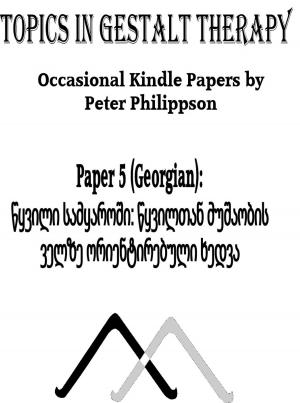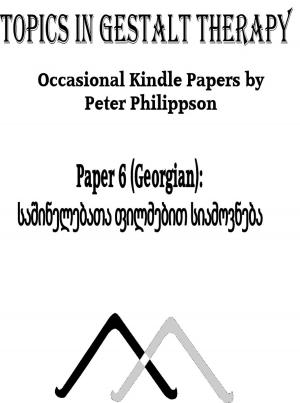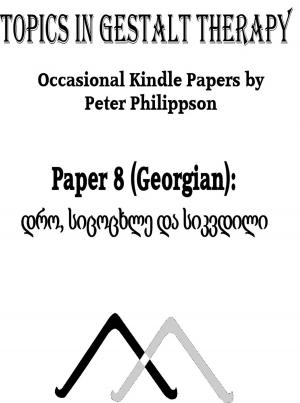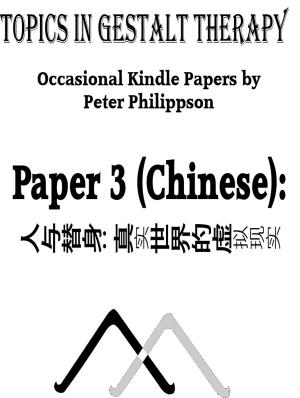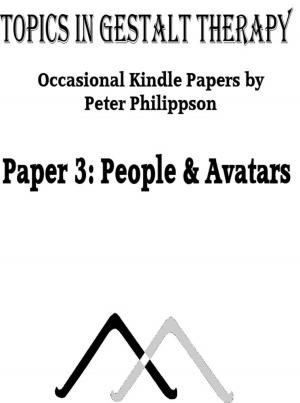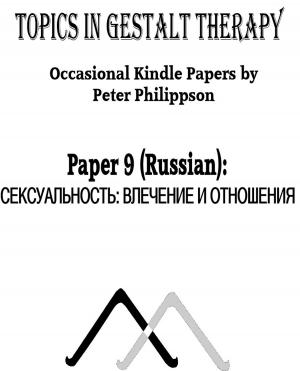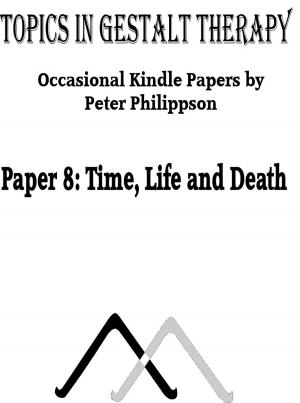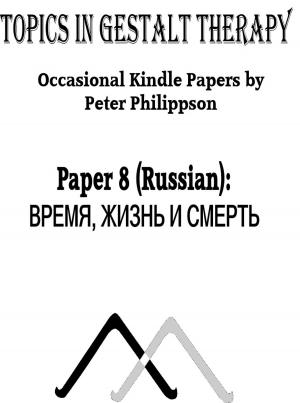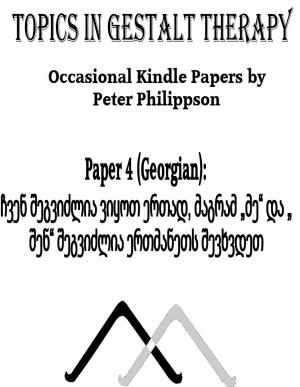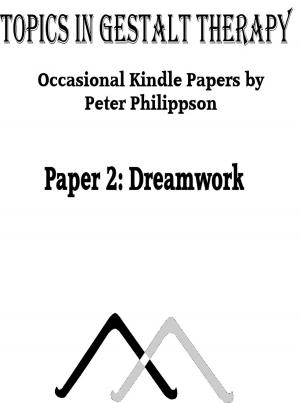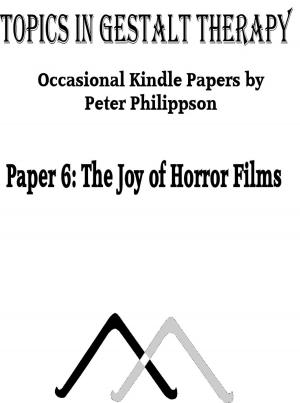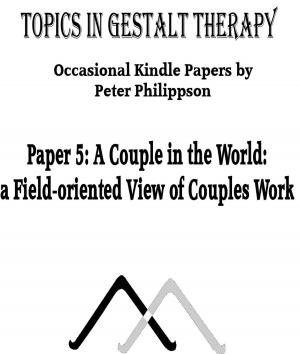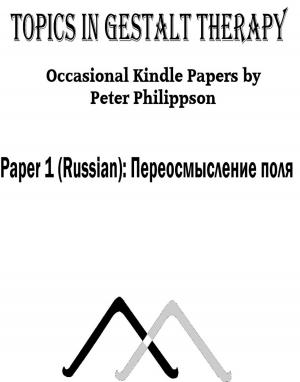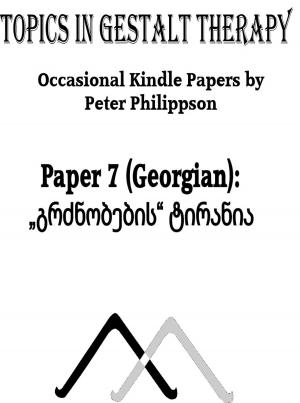A Relational Approach to the Empty Chair
Nonfiction, Health & Well Being, Psychology, Counselling, Psychotherapy| Author: | Peter Philippson | ISBN: | 1230002520100 |
| Publisher: | Manchester Gestalt Centre | Publication: | September 3, 2018 |
| Imprint: | Language: | English |
| Author: | Peter Philippson |
| ISBN: | 1230002520100 |
| Publisher: | Manchester Gestalt Centre |
| Publication: | September 3, 2018 |
| Imprint: | |
| Language: | English |
The ‘empty chair’ experiment has had mixed fortunes in Gestalt Therapy. Once it was a central method, with Fritz Perls naming it as one of his essentials, along with a ‘hot seat’ and tissues. It was so prevalent that it got taken as defining the approach, and taught in that way on counselling courses.
While the technique has remained meaningful for many Gestaltists, it has fallen into disfavour with most of the training schools I have come across. I think this is for two reasons: firstly, that it connects with a certain paradigm of technique-based Gestalt work, often associated with Fritz Perls’ work in California, that many are trying to distance Gestalt Therapy from; secondly, that the paradigm has shifted back from ‘working on the client’ to a more relational style of work, and two-chair work, and indeed any formal experiments, are not seen as part of that but of a kind of intrapsychic tinkering with the client’s mind. Two-chair work is also linked with that simplified version of Gestalt work that was so common in the past. I remember myself being taught to tell clients to put their mothers on a cushion and hit it with a tennis racquet!
In this paper, I want to describe why and how I continue to use the empty chair at times, how I understand it in relational terms, and, more generally, how experiments can be integrated with relational dialogue.
The ‘empty chair’ experiment has had mixed fortunes in Gestalt Therapy. Once it was a central method, with Fritz Perls naming it as one of his essentials, along with a ‘hot seat’ and tissues. It was so prevalent that it got taken as defining the approach, and taught in that way on counselling courses.
While the technique has remained meaningful for many Gestaltists, it has fallen into disfavour with most of the training schools I have come across. I think this is for two reasons: firstly, that it connects with a certain paradigm of technique-based Gestalt work, often associated with Fritz Perls’ work in California, that many are trying to distance Gestalt Therapy from; secondly, that the paradigm has shifted back from ‘working on the client’ to a more relational style of work, and two-chair work, and indeed any formal experiments, are not seen as part of that but of a kind of intrapsychic tinkering with the client’s mind. Two-chair work is also linked with that simplified version of Gestalt work that was so common in the past. I remember myself being taught to tell clients to put their mothers on a cushion and hit it with a tennis racquet!
In this paper, I want to describe why and how I continue to use the empty chair at times, how I understand it in relational terms, and, more generally, how experiments can be integrated with relational dialogue.

